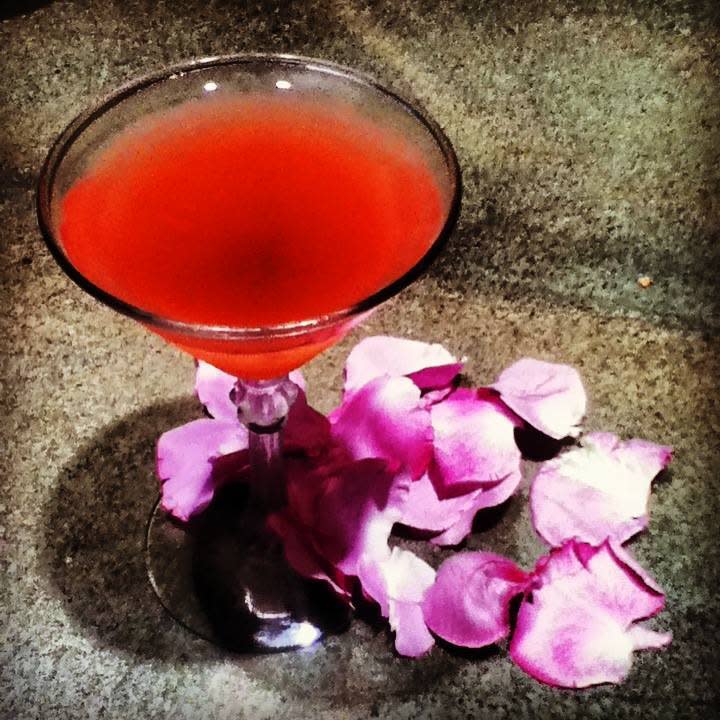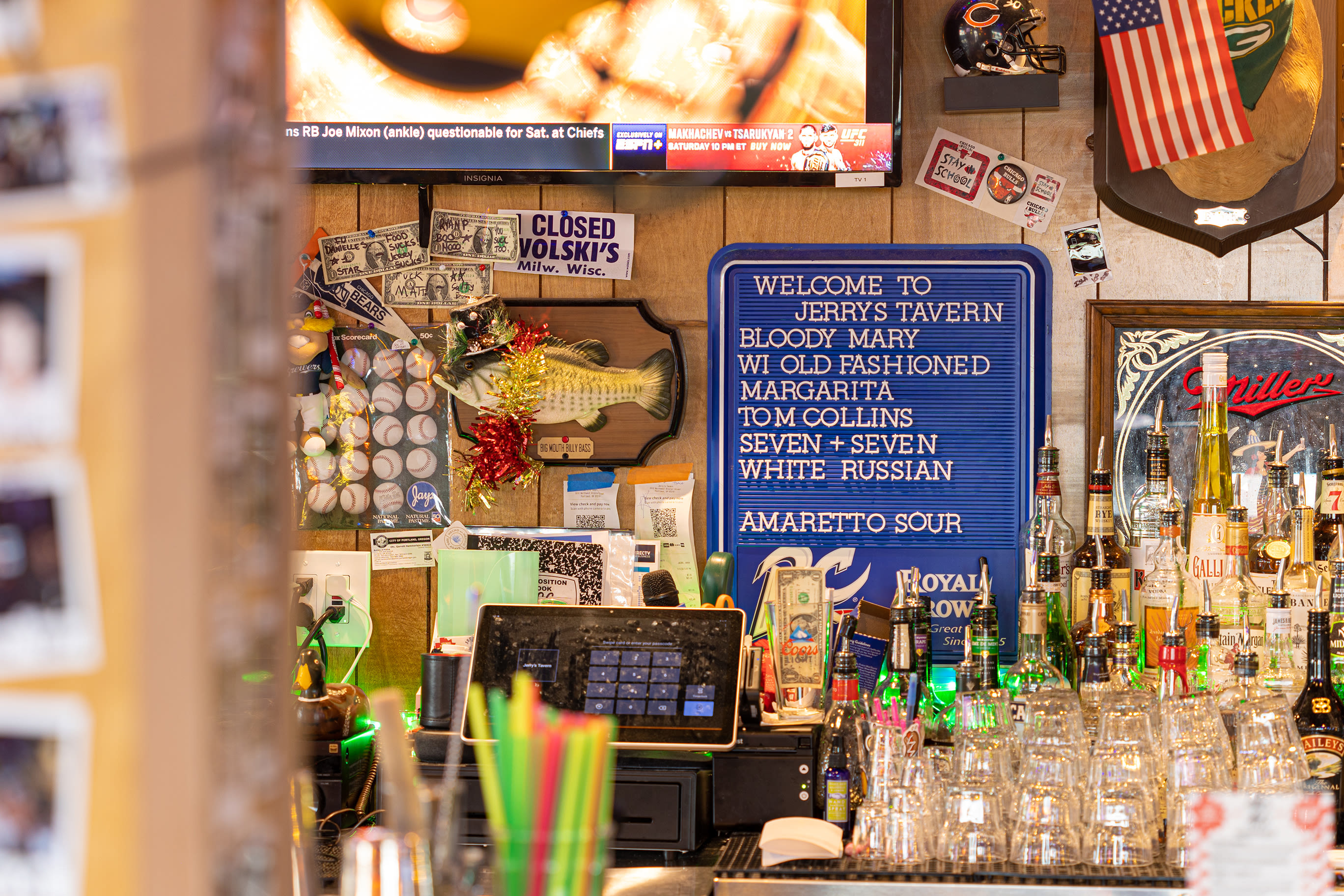Tincture Garden Flowers for Ethereal Cocktails

Image: Suzinn Weiss
It’s high summer – the perfect time to make your own flower infusions for cocktails from backyard herbs and blossoms. (Needless to say, it’s also the perfect time to sit and sip.)
Herb and flower infusions from your own garden are the perfect encapsulation of summer in a glass. It’s surprisingly easy and gratifying, and the infusion process can take as little as ten hours.
Suzinn Weiss of Portland's Blooming Dreams Natural Fragrances discovered the joys of infusing garden blossoms and herbs for cocktails soon after she began handcrafting perfumes. After all, infusing vodka for a cocktail isn’t so different from tincturing blossoms for perfume.
In each case, you gather plant material (blossoms or leaves) from the garden and infuse or tincture them in alcohol.
The most important step, of course, is to choose plants you know to be edible, not toxic. If in doubt, leave it out. It’s also worth really sniffing or tasting the plant material before using it. If the rose is exquisitely fragrant when you pick it, the petals will release that magical perfume into the alcohol. If the fragrance is “meh,” the infusion will be, too. Freshly-opened elder flowers will have an intense floral aroma; once they begin to fade, they quickly degrade. So watch the blooms and capture them at their peak.
According to Weiss, you can infuse any fragrant, edible plant material such as lavender, mint, basil, lemon verbena, lemon balm, tarragon, or fennel – not to mention the petals of rose and elderflower - in vodka to create a flower or herb martini. Find more suitable garden plants for cocktails on Territorial Seed's website (Territorial also sells Amy Stewart's superbly-curated collection of cocktail plants and herbs).
To Make a Flower or Herb Infusion:
- Pick a handful of clean petals or leaves
- Let them "wilt" for about 4 hours. (This releases some of the water. If you’re in a big hurry, you can skip this step.)
- Put in a mason jar and cover with a locally-made vodka like New Deal, Bull Run or Eastside Distilling. (Vodka obviously has less distinctive character than gin, allowing the flavor of the plant material to shine.)
- Let mixture sit in a dark place for ten days to two months, then strain out the plant material.
If using herbs, you may only have to filter once or twice and the leaves can be left in the vodka for longer. “Let your nose and taste buds guide you,” says Weiss. An intense herb like lavender may be ready in less than 12 hours, although longer infusion improves it. More delicate rose petals may require extra time to achieve desired intensity. To maximize flavor and scent in rose petal infusions, filter them out every 24 to 36 hours and replace with fresh petals until desired flavor is achieved. For best intensity, Weiss recommends doing this five or six times. The roses will color the vodka – rich pink and red rose petals make a luscious looking liquor.
Basic recipe for a refreshing tall drink on ice:
- 2 jiggers of herb- or flower-infused vodka over ice
- Stir with a bar spoon to soften the vodka with the ice
- Fill the tall glass up the rest of the way with soda water
- Add a twist of lime and garnish with a leaf of the herb or flower petals used in the infusion
- Enjoy!
Find delicious elderberry cocktail recipes on the Saint-Germain website. (You can use Saint-Germain - or pluck blossoms from your own elderberry tree late next spring!)
Amy Stewart's 2013 book, The Drunken Botanist, is also a superb resource for cocktail gardening and an astounding array of stories, lore and information about useful plants for drinkers. Find lots more garden-themed drink recipes on Territorial Seeds' website, courtesy of Amy Stewart.




